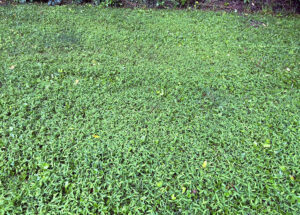
A mat of Japanese stiltgrass in Rock County, Wisconsin, in July 2025. / Photo Credit: John Zaborsky, University of Wisconsin-Madison Renz Weed Science Lab
By Wisconsin DNR
Thanks to the help of eagle-eyed observers across southern Wisconsin, the harmful invasive plant Japanese stiltgrass (Microstegium vimineum) has now been detected in three additional counties. That brings the total number of Wisconsin counties to five.
The most recent detections of the non-native, annual grass came in Dane, Grant and Walworth counties. The Dane County find was in Middleton, northwest of Madison; in Grant County, it was found southeast of Wyalusing State Park; in Walworth County, it was found north of Geneva Lake.
Continue reading “Invasive Japanese Stiltgrass Detected In Three More Counties”

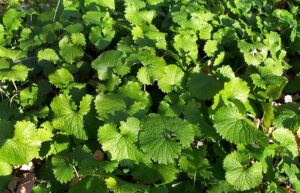
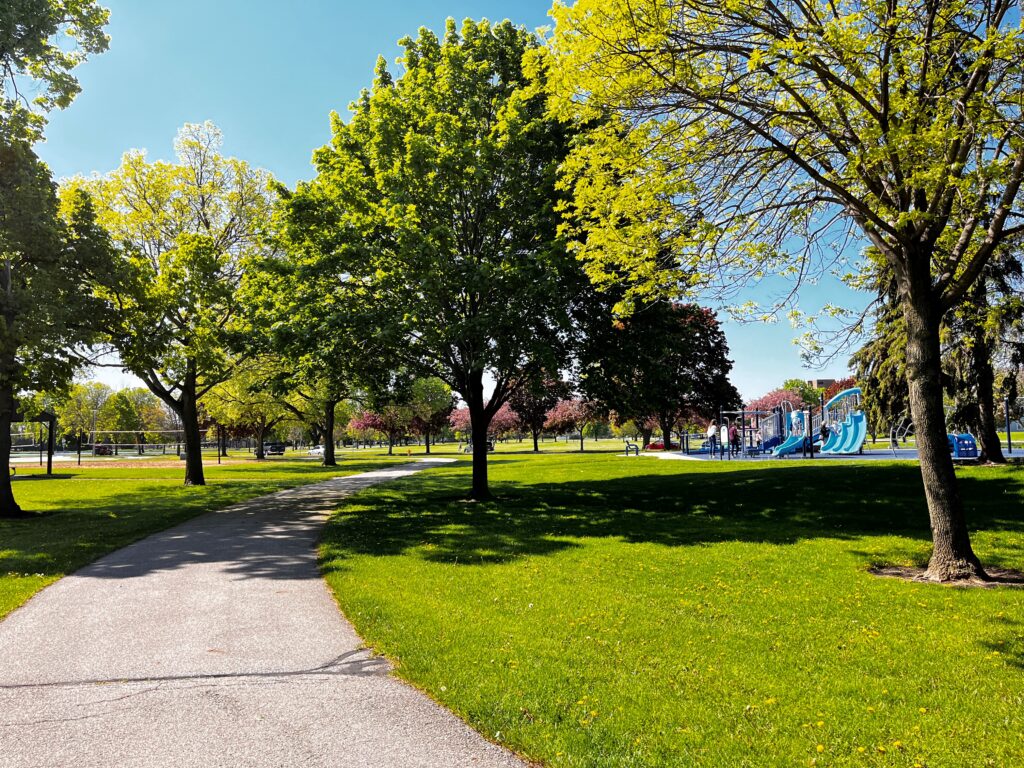 The grants range from $1,000 to $25,000, and grant recipients must match each grant dollar for dollar. A startup grant of up to $5,000 is available for communities that want to start or restart a community forestry program. Grants are awarded to projects that align with state and national goals for increasing the urban forest canopy and the benefits it provides. These grants do not subsidize routine forestry activities. In total, $559,680 is currently available in regular and startup grant funding for 2026.
The grants range from $1,000 to $25,000, and grant recipients must match each grant dollar for dollar. A startup grant of up to $5,000 is available for communities that want to start or restart a community forestry program. Grants are awarded to projects that align with state and national goals for increasing the urban forest canopy and the benefits it provides. These grants do not subsidize routine forestry activities. In total, $559,680 is currently available in regular and startup grant funding for 2026.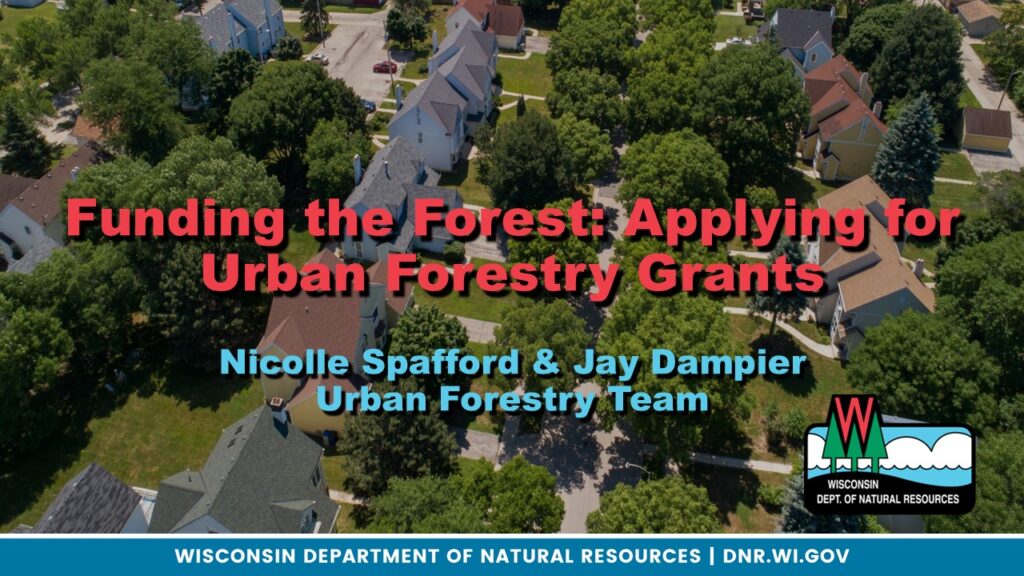 The Wisconsin Department of Natural Resources (DNR) is hosting a webinar to help you develop a competitive urban forestry grant application. This webinar will guide you through the application form so you can submit a strong application that aligns with the DNR’s Urban Forestry Program funding priorities.
The Wisconsin Department of Natural Resources (DNR) is hosting a webinar to help you develop a competitive urban forestry grant application. This webinar will guide you through the application form so you can submit a strong application that aligns with the DNR’s Urban Forestry Program funding priorities.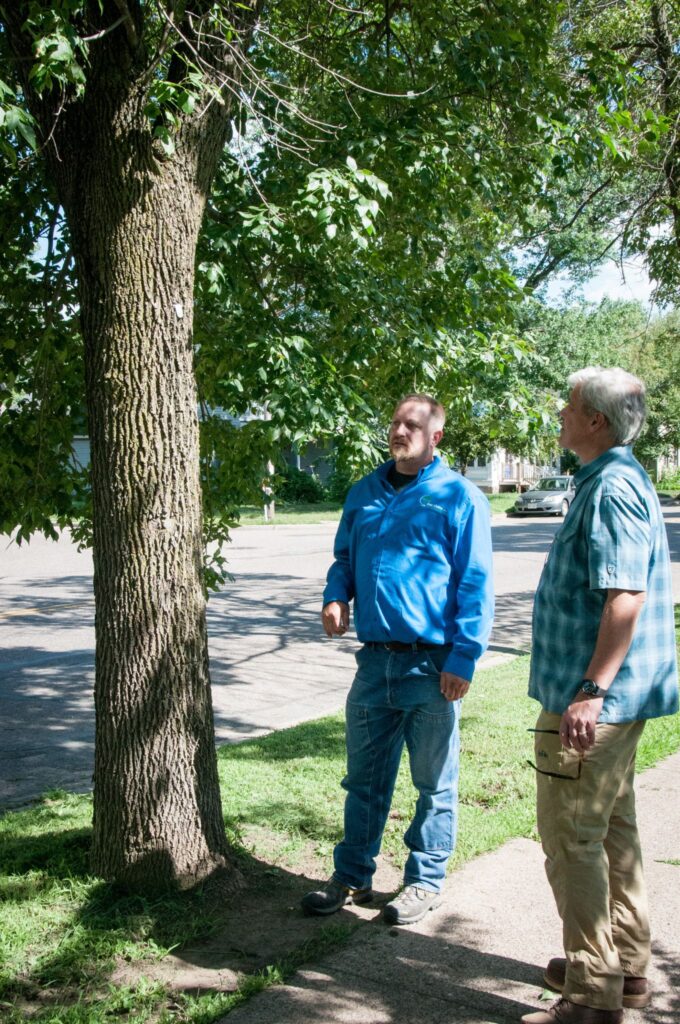 The Urban and Community Forestry Society (UCFS) Industry Trends committee – charged with monitoring the issues impacting your work – is seeking information on your experiences with insurance companies and urban tree canopy. There is growing evidence that insurance companies are directing the pruning or removal of trees, and the committee wants to fully understand the issue. Your responses to the survey below will help compile stories and evidence so that UCFS can work with industry partners and draft position statements.
The Urban and Community Forestry Society (UCFS) Industry Trends committee – charged with monitoring the issues impacting your work – is seeking information on your experiences with insurance companies and urban tree canopy. There is growing evidence that insurance companies are directing the pruning or removal of trees, and the committee wants to fully understand the issue. Your responses to the survey below will help compile stories and evidence so that UCFS can work with industry partners and draft position statements. 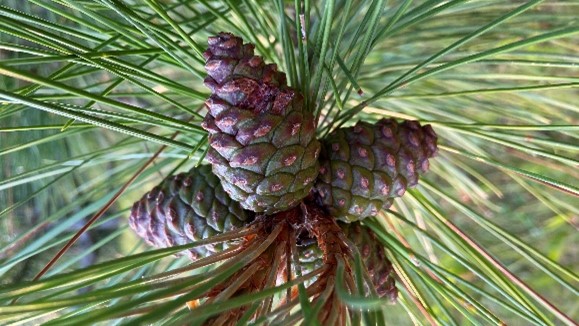 The DNR’s Reforestation Program needs red and white pine cones – more specifically, we need the seeds found within those cones for our reforestation needs. The Reforestation Program produces millions of pine seedlings every year at the Wilson State Nursery in Boscobel, and the only way we can produce those seedlings is with seed collected from the fields and forests of Wisconsin.
The DNR’s Reforestation Program needs red and white pine cones – more specifically, we need the seeds found within those cones for our reforestation needs. The Reforestation Program produces millions of pine seedlings every year at the Wilson State Nursery in Boscobel, and the only way we can produce those seedlings is with seed collected from the fields and forests of Wisconsin. 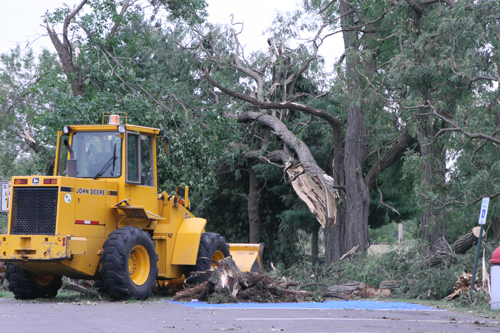 The Wisconsin Department of Natural Resources (DNR) today announced it is now accepting applications for
The Wisconsin Department of Natural Resources (DNR) today announced it is now accepting applications for 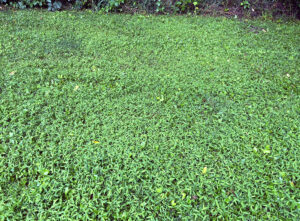
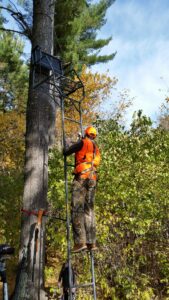
 Cities, villages, towns, counties, tribes and 501(c)(3) nonprofit organizations in or conducting urban forestry projects in Wisconsin can now apply for a regular or startup 2026 Wisconsin Department of Natural Resources (DNR) Urban Forestry grant. The total 2026 available funding is $559,680, with a possible release of $139,920 of catastrophic storm reserve to fund a second round in March 2026.
Cities, villages, towns, counties, tribes and 501(c)(3) nonprofit organizations in or conducting urban forestry projects in Wisconsin can now apply for a regular or startup 2026 Wisconsin Department of Natural Resources (DNR) Urban Forestry grant. The total 2026 available funding is $559,680, with a possible release of $139,920 of catastrophic storm reserve to fund a second round in March 2026.